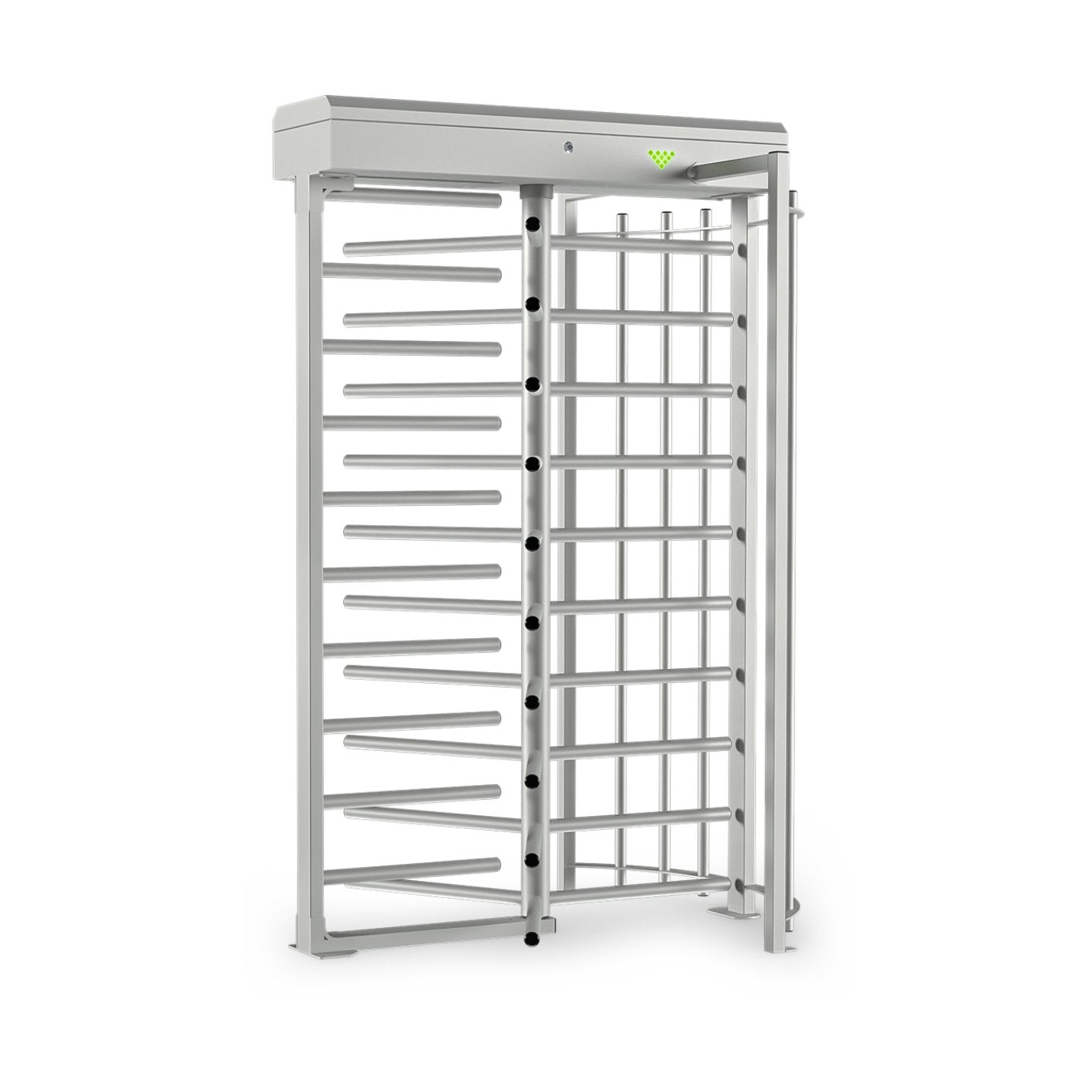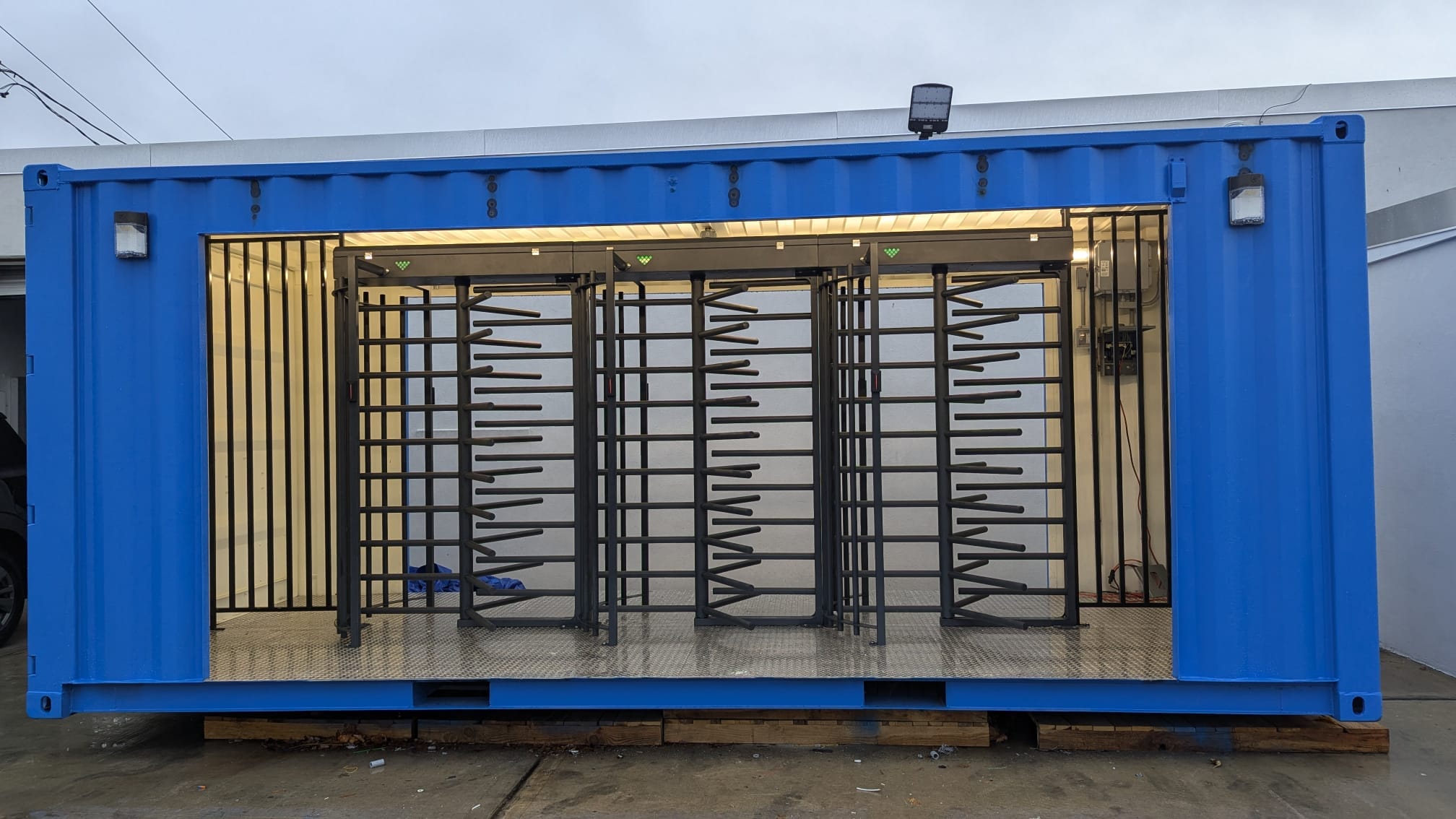Effective traffic management is crucial for ensuring the smooth flow of vehicles and pedestrians, minimizing congestion, and enhancing overall road safety. Road blocks and traffic bollards play a pivotal role in controlling and managing traffic flow, especially in areas prone to congestion, construction sites, or during events. In this blog post, we will delve into the significance of road blocks and traffic bollards and explore strategies for their efficient implementation.
The Significance of Road Blocks and Traffic Bollards
-
Safety First: Road blocks and traffic bollards serve as physical barriers that guide and regulate the movement of vehicles, ensuring the safety of both drivers and pedestrians. These barriers are essential for preventing unauthorized access to specific areas, reducing the risk of accidents, and maintaining a secure environment.
-
Construction Zones: Construction sites are notorious for causing traffic disruptions. Strategically placed road blocks help create a controlled environment, diverting traffic away from hazardous areas and ensuring the safety of construction workers and the public. Temporary road blocks and bollards are instrumental in creating detours and redirecting traffic during ongoing construction projects.
-
Event Management: Large-scale events can lead to increased traffic volume, creating challenges for organizers and local authorities. Road blocks strategically placed around event venues help manage the influx of vehicles, prevent congestion, and ensure a systematic flow of traffic before, during, and after events.
Best Practices for Implementing Road Blocks
-
Strategic Placement: Identify critical points where road blocks can effectively control traffic without causing unnecessary disruptions. Consider factors such as visibility, accessibility, and the impact on surrounding areas.
-
Clear Signage: Proper signage is essential for informing drivers and pedestrians about the presence of road blocks. Clear and visible signage helps in preemptively managing traffic, reducing confusion, and enhancing overall road safety.
-
Communication: Coordinate with local authorities, law enforcement, and relevant stakeholders to ensure a well-coordinated approach to traffic management. Effective communication is key to implementing road blocks seamlessly.
-
Temporary Solutions: For construction sites and events, consider the use of temporary road blocks that can be easily installed and removed as needed. This flexibility ensures adaptability to changing traffic conditions.
Technology in Traffic Management
-
Smart Road Blocks: Incorporate technology into traffic management systems by using smart road blocks equipped with sensors and connectivity. These devices can provide real-time data on traffic conditions, allowing for dynamic adjustments to road block configurations based on the current situation.
-
Automated Systems: Explore the use of automated road block systems that can be controlled remotely. These systems offer a quick response to changing traffic conditions, allowing for efficient management without the need for manual intervention.
-
Integration with Traffic Management Apps: Integrate road blocks with traffic management apps to provide users with real-time information on road closures, diversions, and traffic conditions. This enhances public awareness and facilitates smoother navigation.
Road blocks and traffic bollards are indispensable tools for efficient traffic management. Whether used in construction zones, events, or high-traffic areas, their strategic implementation ensures the safety of all road users. By embracing technology and best practices, we can enhance the effectiveness of these traffic control measures and contribute to a more organized and secure transportation system. As urban areas continue to evolve, the role of road blocks in traffic management becomes increasingly critical, making it essential to adopt innovative solutions for the challenges of tomorrow's roads.





